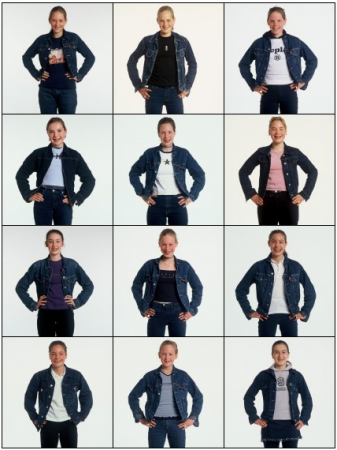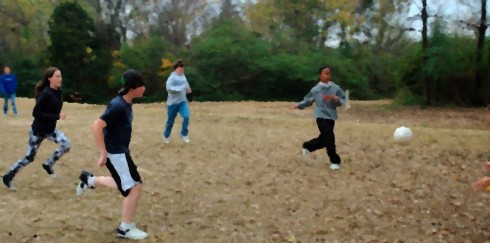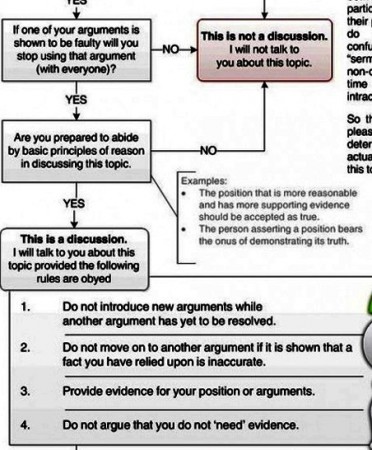Leslie Becker-Phelps highlights a study (pdf) that showing that couples who delayed having sex (showed “sexual restraint”) ended up with more successful marriages.
Why?
Because early sex may indicate less commitment to the long-term relationship. Also, it may undermine the couple’s ability to communicate verbally. The study’s authors speculate:
… we speculate that the rewards of sexual involvement early on may undermine other aspects of relationship development and evaluation such that individuals may not put as much energy into crucial couple processes such as communication and may stay with partners who are not as skilled in these processes, thereby resulting in a marriage that is more brittle.
—Busby et al (2010) (pdf): Compatibility or Restraint?: The Effects of Sexual Timing on Marriage Relationships
This is an important concept for adolescents to grasp, as Becker-Phelps points out:
These are the very messages that adults often deliver to adolescents who want to begin exploring their sexuality. Wait, they say. If you are meant to be together, it will happen. In the meantime, get to know each other and grow together. Decide whether this relationship really is right for you before you become sexually involved. It’s great advice.
— Becker Phelps (2011): Premarital Sex — Why Wait? on The Art of Relationships Blog



